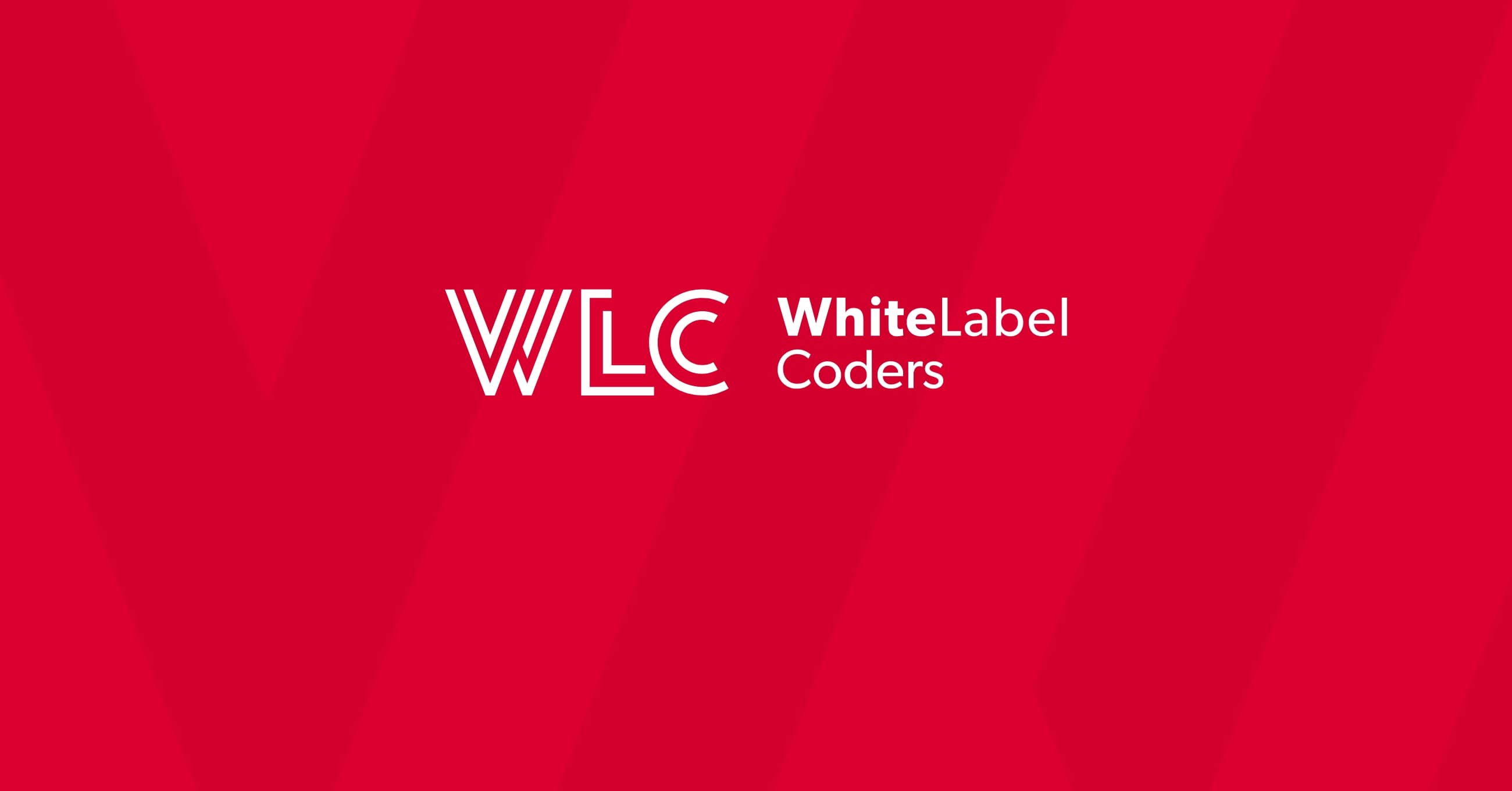Category: SEO AI
Which database is required by WordPress?

Ever wondered what makes WordPress tick behind the scenes? Whether you’re building your first custom WordPress website or diving deep into WordPress custom development, understanding the database requirements is absolutely crucial. Think of WordPress as a sophisticated content management system that needs a reliable place to store everything from your posts and pages to user information and settings. Without the right database foundation, even the most beautifully designed WordPress site simply won’t function.
The relationship between WordPress and its database is like the connection between a library and its catalogue system. Every piece of content, every user interaction, and every customisation you make needs to be stored, retrieved, and managed efficiently. This comprehensive guide will walk you through everything you need to know about WordPress database requirements, helping you make informed decisions for your development projects.
Understanding WordPress database fundamentals
At its core, WordPress is a dynamic content management system that relies entirely on a database to function. Unlike static HTML websites that store content directly in files, WordPress generates pages on-the-fly by pulling information from its database whenever someone visits your site.
The WordPress database architecture follows a relational database model, organising information into interconnected tables. These tables work together to store everything from your blog posts and pages to user accounts, comments, and plugin settings. The main WordPress tables include wp_posts (for content), wp_users (for user accounts), wp_options (for settings), and several others that handle comments, metadata, and relationships between different content types.
Why does WordPress need a database at all? Imagine trying to manage a website with hundreds of posts, thousands of comments, and multiple user accounts using only static files. It would be virtually impossible to maintain, search through, or update efficiently. The database provides WordPress with the ability to:
- Store and retrieve content dynamically
- Manage user authentication and permissions
- Handle complex relationships between different types of content
- Enable powerful search and filtering capabilities
- Support plugins and themes that extend functionality
The database is the beating heart of every WordPress installation, making the difference between a static collection of files and a dynamic, interactive web experience.
What database does WordPress require?
WordPress officially requires MySQL as its primary database system. This isn’t just a recommendation, it’s a fundamental requirement that’s been part of WordPress since its inception. MySQL is a robust, open-source relational database management system that provides the reliability and performance WordPress needs to function effectively.
The current WordPress requirements specify MySQL version 5.7 or higher, though many hosting providers and developers work with more recent versions. This version requirement ensures that WordPress can take advantage of modern database features like improved security, better performance optimisation, and enhanced data integrity checks.
But why MySQL specifically? The choice isn’t arbitrary. MySQL offers several technical advantages that make it ideal for WordPress:
- ACID compliance ensures data integrity and reliability
- Excellent performance with read-heavy workloads typical of most websites
- Wide hosting support and community knowledge
- Robust replication and backup capabilities
- Strong security features and regular updates
When working on a custom WordPress website, understanding these database requirements becomes even more critical. Complex customisations often involve creating custom database tables or modifying existing ones, making MySQL compatibility essential for seamless development.
MySQL vs MariaDB for WordPress development
Here’s where things get interesting. While WordPress officially requires MySQL, many hosting providers and developers now use MariaDB as a drop-in replacement. MariaDB is a fork of MySQL that maintains full compatibility with WordPress while offering some additional features and improvements.
From a WordPress perspective, MariaDB functions identically to MySQL. The WordPress core team has tested and confirmed that MariaDB works seamlessly with WordPress installations. This compatibility extends to WordPress custom development projects, where the choice between MySQL and MariaDB often comes down to hosting preferences or specific performance requirements.
Performance considerations
Both database systems offer excellent performance for WordPress sites, but there are subtle differences worth considering:
MariaDB often provides slightly better performance for complex queries and has more advanced optimisation features. It also includes additional storage engines that can benefit specific use cases. However, MySQL remains the gold standard with broader community support and more extensive documentation.
For most WordPress projects, including sophisticated custom WordPress websites with advanced functionality, both options will serve you well. The choice often depends more on your hosting environment and team expertise than on technical limitations.
WordPress database configuration requirements
Setting up a WordPress database isn’t just about having MySQL installed. Proper configuration ensures optimal performance, security, and compatibility. Let’s explore the essential requirements you need to consider.
The minimum system requirements include MySQL 5.7 or MariaDB 10.2, but these are truly minimum specifications. For production environments, especially those hosting custom WordPress development projects, you’ll want more robust configurations.
Character encoding and collation
WordPress requires UTF-8 character encoding to properly handle international characters and special symbols. The recommended collation setting is utf8mb4_unicode_ci, which provides full UTF-8 support including emoji and other four-byte characters. This configuration is crucial for modern websites that need to support diverse content types and international audiences.
Essential database permissions for WordPress include:
- SELECT, INSERT, UPDATE, DELETE for content management
- CREATE and ALTER for plugin installations and updates
- INDEX for performance optimisation
- DROP for table management during updates
How to set up WordPress database connection
The magic happens in the wp-config.php file, where WordPress learns how to communicate with your database. This configuration file contains the crucial connection parameters that link your WordPress installation to its database.
Your wp-config.php file needs four essential pieces of information:
- Database name – the specific database WordPress will use
- Username and password – credentials for database access
- Database host – typically ‘localhost’ for most installations
- Table prefix – usually ‘wp_’ but can be customised for security
Common connection issues often stem from incorrect credentials, server connectivity problems, or insufficient database permissions. When troubleshooting, always verify your database credentials first, then check that your database server is running and accessible.
WordPress database optimisation techniques
A well-optimised database can dramatically improve your WordPress site’s performance. This becomes especially important for complex custom WordPress websites that handle large amounts of data or high traffic volumes.
Database indexing plays a crucial role in WordPress performance. While WordPress creates essential indexes automatically, custom development projects often benefit from additional indexes on frequently queried columns. However, be cautious – too many indexes can slow down write operations.
Maintenance and cleanup strategies
Regular database maintenance keeps your WordPress site running smoothly:
- Remove spam comments and post revisions
- Clean up unused tags and categories
- Optimise database tables to reclaim space
- Monitor slow queries and optimise problematic code
Backup strategies should include both automated daily backups and pre-deployment snapshots. For WordPress custom development projects, version-controlled database migrations ensure consistent deployments across different environments.
Key takeaways for WordPress database management
Understanding WordPress database requirements isn’t just technical knowledge – it’s the foundation for building reliable, scalable websites. Whether you’re working on a simple blog or a complex custom WordPress website, these database fundamentals will serve you well.
Remember that MySQL remains the official requirement, though MariaDB offers a compatible alternative. Proper configuration with UTF-8 encoding and appropriate permissions sets the stage for success. Regular maintenance and optimisation keep your database performing at its best.
The most common pitfall developers encounter is underestimating the importance of database planning in the early stages of a project. Taking time to properly configure and optimise your database foundation pays dividends throughout the entire development lifecycle.
As you embark on your WordPress development journey, keep these database principles in mind. They’ll help you build more robust, efficient, and maintainable WordPress solutions that can grow with your needs and handle whatever challenges come your way.

